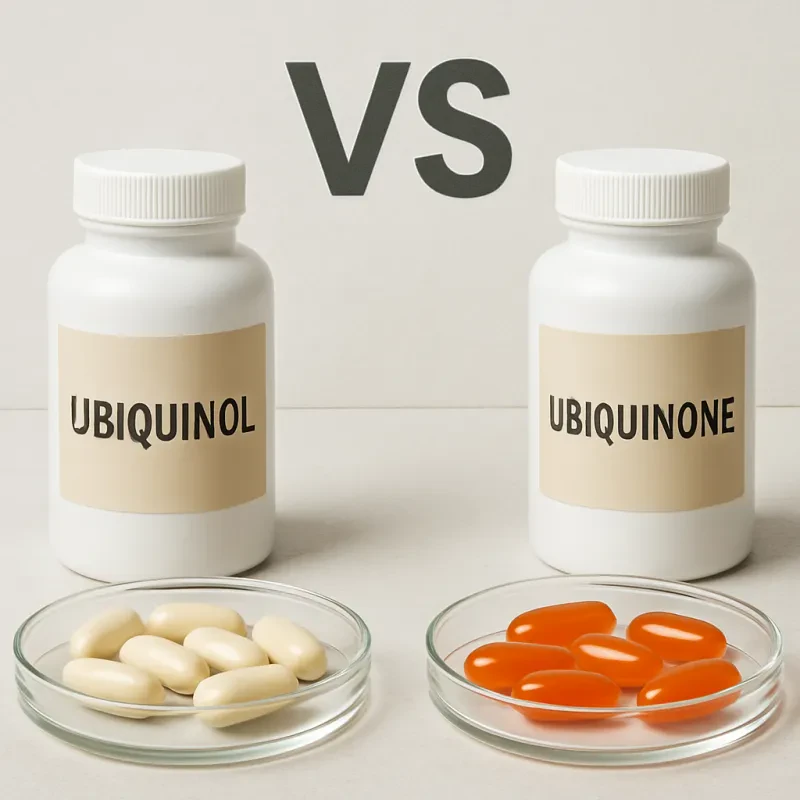If you're looking to keep inflammation at bay, what you put on your plate matters a lot! Here are some delicious foods that can help reduce inflammation and might even ease those pesky aches and pains.
Fruits and Veggies: Load up on colorful fruits and vegetables. Berries, especially blueberries and strawberries, are packed with antioxidants. Leafy greens like spinach and kale provide vitamins and nutrients that are super beneficial, too.
Healthy Fats: Not all fats are bad! Olive oil is a great choice and can be used in salads or for cooking. Fatty fish like salmon, mackerel, and sardines are loaded with omega-3 fatty acids that help reduce inflammation.
Spices: Don’t forget to spice things up! Turmeric contains curcumin, known for its anti-inflammatory effects. Ginger is also a winner, adding flavor while helping to fight inflammation.
By adding these yummy foods to your diet, you can help your body tackle inflammation in a tasty way. Eating well doesn’t have to be boring! Find ways to enjoy these ingredients and your body will thank you.
Essential Nutrients for Pain Relief
When it comes to tackling chronic pain, your diet can play a big role. Some foods have nutrients that can help reduce inflammation and ease discomfort. Let’s dive into the essential nutrients that should be on your radar.
Omega-3 Fatty Acids: These are like nature’s pain relievers. You can find them in fatty fish like salmon and mackerel, as well as in walnuts and flaxseeds. Omega-3s can help lower inflammation, making them a great addition to your meals if you’re dealing with sore muscles or joints.
Vitamin D: This vitamin is essential for bone health and can help with chronic pain. Low levels of Vitamin D might contribute to pain issues. Try to get more from sunlight, fortified foods, and fatty fish. If you think your levels are low, it’s worth checking in with your doctor.
Antioxidants: Foods rich in antioxidants, like berries, dark chocolate, and green leafy vegetables, can help protect your body from oxidative stress. This is important because oxidative stress can worsen pain. Eating a colorful variety of fruits and veggies will boost your antioxidant intake and support overall wellness.
Magnesium: This mineral plays a key role in muscle function and can help ease tension. Consider adding foods like spinach, nuts, seeds, and whole grains to your diet. A little magnesium can go a long way in helping manage pain.
Meal Ideas for Chronic Pain
Eating well isn’t just good for your overall health; it can also play a big role in managing chronic pain. Here are some meal ideas that can help soothe inflammation and keep you feeling your best.
1. Anti-Inflammatory Breakfast Bowl
Start your day with a bowl of oatmeal topped with fresh berries and a sprinkle of chia seeds. Oats are great for fiber, while berries pack a punch with antioxidants. Chia seeds add omega-3 fatty acids, which are known to help reduce inflammation!
2. Colorful Veggie Stir-Fry
For lunch, whip up a quick veggie stir-fry. Use a variety of colorful vegetables like bell peppers, broccoli, and carrots. Toss them in a bit of olive oil and add some garlic for flavor. Pair it with quinoa or brown rice for that added energy boost, plus they’re rich in fiber.
3. Grilled Salmon with Spinach Salad
Dinner can be as simple as grilled salmon served on a bed of fresh spinach. Salmon is not only delicious but also rich in omega-3s. Add some avocado and cherry tomatoes for extra nutrients, and drizzle with a lemon vinaigrette for that refreshing touch.
4. Herbal Tea for Relaxation
Don’t forget to hydrate! Herbal teas like ginger or turmeric tea can be soothing. These ingredients are known for their anti-inflammatory properties and can help relax the body and mind after a long day.
Lifestyle Tips for Eating Well
Eating well isn’t just about following a strict diet; it’s about making smart choices that work for your lifestyle. Start by incorporating more whole foods like fruits, vegetables, and whole grains into your meals. These foods are rich in essential nutrients and can help reduce inflammation in your body, which is crucial when dealing with chronic pain.
Try to plan your meals ahead of time. This can help you avoid quick, unhealthy choices when you’re hungry. Think about preparing a big batch of your favorite soup or stir-fry on the weekend. You can easily reheat it during the week for a nutritious meal without the hassle of cooking every day.
Don’t forget to stay hydrated! Drinking enough water is vital for overall health and can even impact your pain levels. Keep a reusable water bottle with you and sip throughout the day. You might be surprised at how much better you feel just by staying properly hydrated.
Lastly, listen to your body. Pay attention to how different foods affect your pain levels and energy. If you notice that certain foods make you feel worse, try to limit them. On the flip side, if you find foods that boost your mood and energy, make them a regular part of your diet. Remember, eating well is a journey, and it’s all about finding what works best for you!



